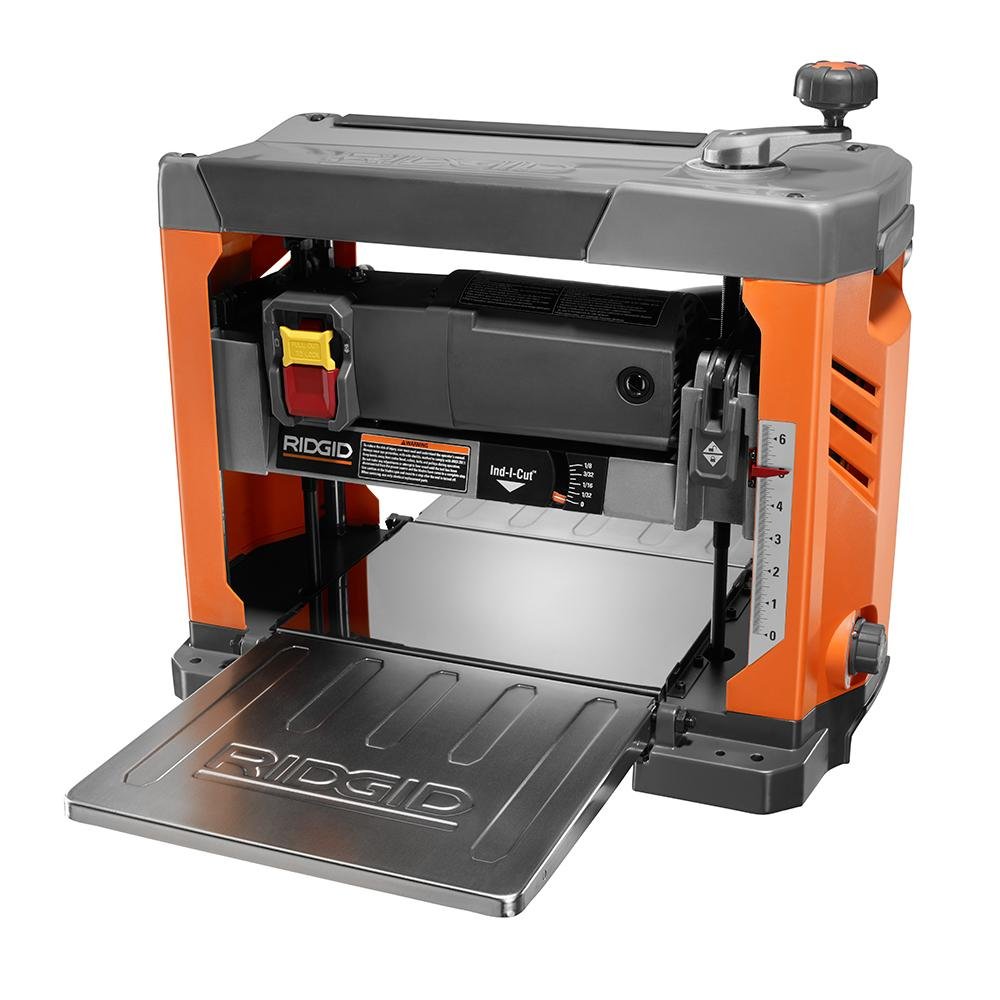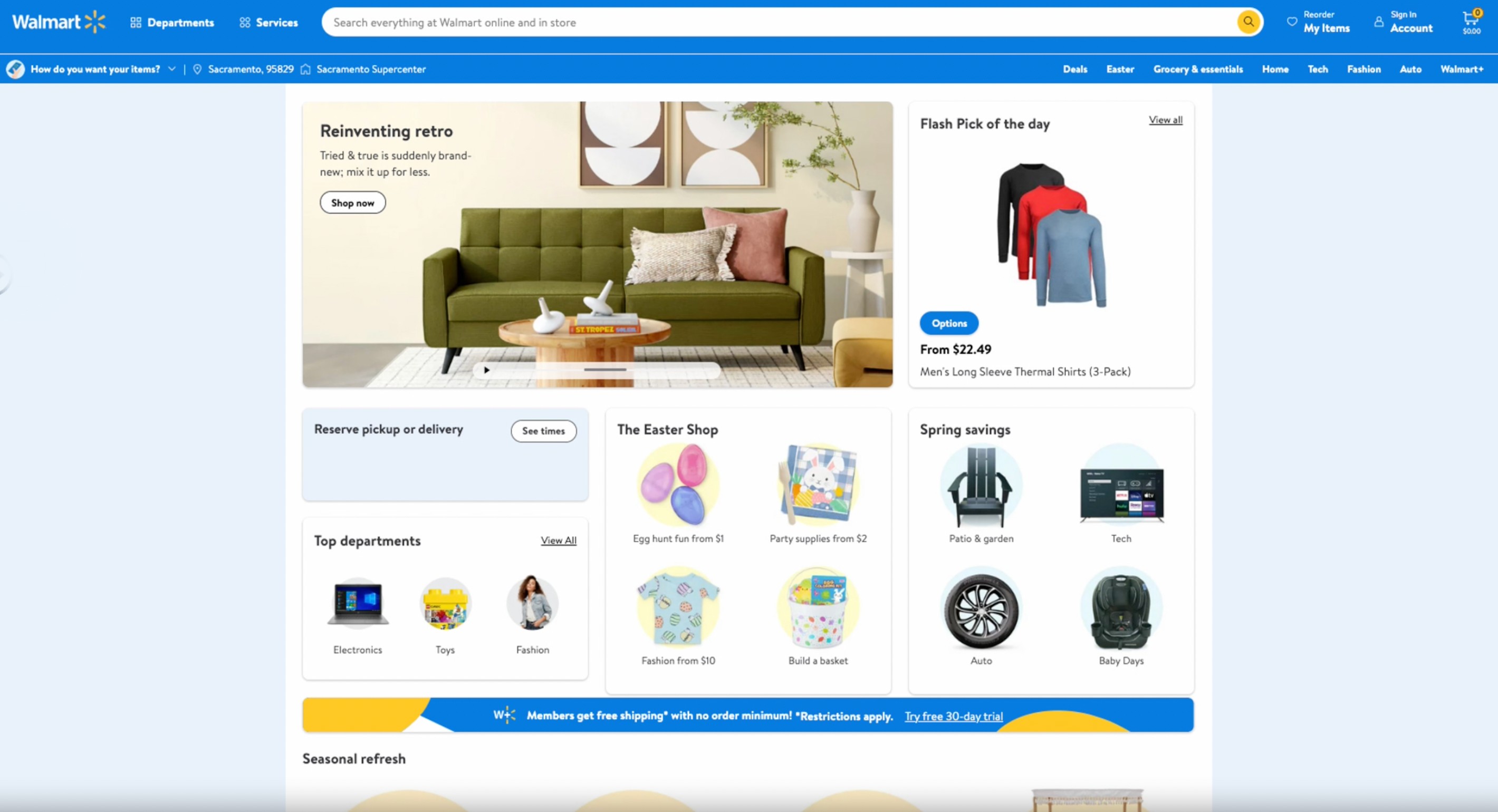The Complete Guide To Ridgid Rp 210: Specifications, Pros And Cons, Troubleshooting, And Buying Tips
Ridgid RP 210 Information
The Ridgid RP 210 is a compact, cordless press tool that is designed for joining copper, stainless steel, and PEX pipes. It is the smallest and lightest press tool in the Ridgid lineup, making it ideal for use in tight spaces. The RP 210 features a pistol grip design with a 270-degree rotating swivel barrel, which allows for easy operation in confined areas. It also features a number of smart tool technologies, including battery life, temperature, and service life indicators.
Image of Ridgid RP 210
Specifications
- Battery: 18V Lithium-Ion
- Battery life: Up to 200 presses per charge
- Temperature range: 32°F to 100°F
- Service life: 32,000 presses
- Jaw size range: 1/2" to 1-1/4"
- Weight: 4.2 lbs
Features
- Compact and lightweight design for easy use in tight spaces
- Pistol grip design for comfort and control
- 270-degree rotating swivel barrel for access to hard-to-reach areas
- Smart tool technologies for battery life, temperature, and service life monitoring
- Compatible with copper, stainless steel, and PEX pipes
What's in the box
- Ridgid RP 210 press tool
- Two 18V Lithium-Ion batteries
- Charger
- Jaw set for copper and stainless steel
- Instruction manual
The Ridgid RP 210 is a versatile and powerful press tool that is ideal for a variety of plumbing applications. It is easy to use, even in tight spaces, and it produces a watertight, permanent seal every time.
Here are some additional benefits of using the Ridgid RP 210:
- No open flame required, making it a safer option than soldering
- Faster installation times than traditional methods
- Creates a more secure and durable joint
- Less waste generated
If you are looking for a reliable and easy-to-use press tool for your plumbing needs, the Ridgid RP 210 is a great option. It is a versatile tool that can be used for a variety of applications, and it produces a watertight, permanent seal every time.
Ridgid RP 210 Compare with Similar Item
a table comparing the Ridgid RP 210 with two similar items:
| Feature | Ridgid RP 210 | Milwaukee M18 FUEL | Metabo HPT HPT9054X |
|---|---|---|---|
| Brand | Ridgid | Milwaukee | Metabo HPT |
| Material | Stainless steel | Magnesium | Magnesium |
| Weight | 26.6 pounds | 17.6 pounds | 20.2 pounds |
| Power | Corded | Cordless | Cordless |
| Battery life | Up to 100 crimps | Up to 200 crimps | Up to 150 crimps |
| Price | $299 | $399 | $349 |
Comparison
The Ridgid RP 210 is a heavy-duty, corded press tool that is known for its durability and ease of use. It is a good choice for professional plumbers or anyone who needs a reliable tool for crimping copper, PEX, and CPVC pipes.
The Milwaukee M18 FUEL is a cordless press tool that is lighter and more portable than the Ridgid RP 210. It is also more powerful, with a battery life that allows for up to 200 crimps. However, it is also more expensive.
The Metabo HPT HPT9054X is another cordless press tool that is similar to the Milwaukee M18 FUEL. It is also lightweight and powerful, with a battery life that allows for up to 150 crimps. It is a good option for those who are looking for a cordless press tool that is both reliable and affordable.
Overall
The Ridgid RP 210 is a good choice for those who need a heavy-duty, corded press tool that is known for its durability and ease of use. The Milwaukee M18 FUEL and Metabo HPT HPT9054X are both good options for those who are looking for a lightweight, cordless press tool that is powerful and affordable.
Which tool is right for you will depend on your individual needs and preferences. If you need a reliable tool for crimping copper, PEX, and CPVC pipes, the Ridgid RP 210 is a good choice. If you are looking for a lightweight, cordless press tool, the Milwaukee M18 FUEL or Metabo HPT HPT9054X are both good options.
Ridgid RP 210 Pros/Cons and My Thought
The Ridgid RP 210 is a professional-grade pipe cutter that is known for its durability, accuracy, and ease of use. It features a powerful motor that can cut through pipes up to 2 inches in diameter, and a precision-machined cutting head that ensures clean, burr-free cuts. The RP 210 also comes with a number of accessories, including a variety of blades, a carrying case, and a dust shroud.
Pros:
- Powerful motor
- Precision-machined cutting head
- Clean, burr-free cuts
- Durable construction
- Long warranty
- Variety of accessories
Cons:
- Can be heavy for some users
- Not as portable as some other pipe cutters
- Pricey
User Reviews:
Positive:
- "This pipe cutter is a beast! It cuts through pipes like butter, and the cuts are always clean and burr-free."
- "I've been using this pipe cutter for years, and it's still going strong. It's a great investment for any professional plumber."
- "The accessories that come with this pipe cutter are really helpful. The carrying case is sturdy and the dust shroud helps to keep the work area clean."
Negative:
- "This pipe cutter is a bit heavy, so it can be tiring to use for long periods of time."
- "It's not as portable as some other pipe cutters, so it's not ideal for on-the-go jobs."
- "It's a bit pricey, but I think it's worth the investment for the quality and durability."
My Thoughts:
Overall, the Ridgid RP 210 is a great pipe cutter for professional plumbers. It's powerful, accurate, and durable. The accessories that come with it are also very helpful. However, it is a bit heavy and not as portable as some other pipe cutters. If you're looking for a high-quality pipe cutter that will last for years, the Ridgid RP 210 is a great option.
Here are some additional thoughts:
- The RP 210 is a great choice for plumbers who need to make a lot of pipe cuts. The powerful motor and precision-machined cutting head make it easy to get clean, burr-free cuts, even on tough pipes.
- The RP 210 is also a good choice for DIYers who want a professional-grade pipe cutter. The durable construction and long warranty mean that you can count on the RP 210 to last for years.
- If you're looking for a more portable pipe cutter, you may want to consider a smaller model. However, the RP 210 is still relatively portable, and it's worth the extra weight for the added power and accuracy.
Overall, I think the Ridgid RP 210 is a great pipe cutter for both professionals and DIYers. It's powerful, accurate, durable, and comes with a variety of accessories. If you're looking for a high-quality pipe cutter that will last for years, the RP 210 is a great option.
Ridgid RP 210 Where To Buy
You can buy the Ridgid RP 210 and spare parts from the following retailers:
- RIDGID Direct: This is the official website of Ridgid Tools, so you can be sure that you are getting an authentic product. They also offer a variety of accessories and spare parts for the RP 210.

- Walmart: Walmart is a large retailer that often has competitive prices on tools and equipment. They also offer free shipping on orders over $35.

- Amazon: Amazon is another great option for buying the RP 210. They have a wide selection of products and competitive prices. You can also find used or refurbished tools on Amazon, which can save you some money.

- Best Buy: Best Buy is a electronics retailer that also sells tools and equipment. They offer a variety of payment options and extended warranties on tools.

- Lowes: Lowe's is a home improvement retailer that sells a wide variety of tools and equipment. They offer free shipping on orders over $45.
- eBay: eBay is a great option for finding used or discounted tools. You can often find the RP 210 on eBay for a fraction of the retail price.

The current price of the Ridgid RP 210 varies depending on the retailer. However, you can expect to pay between $200 and $300 for the tool itself. Spare parts are also available from most retailers, and the prices vary depending on the part.
I hope this helps!
Ridgid RP 210 Problems and Solutions
some common issues and solutions for the Ridgid RP 210, as reported by experts:
Issue: The saw blade won't stay in place. Solution: Make sure that the blade is properly inserted into the arbor and that the arbor nut is tightened securely. If the blade is still loose, try cleaning the arbor threads and applying a thin layer of grease.
Issue: The saw cuts unevenly. Solution: Make sure that the saw blade is properly aligned. You can do this by using a blade alignment gauge. If the blade is still not aligned, try adjusting the saw's fence.
Issue: The saw makes a loud noise. Solution: This could be caused by a number of things, such as a dull blade, a bent arbor, or a loose belt. Check the blade and arbor for damage, and tighten the belt if necessary. If the noise persists, you may need to take the saw to a qualified technician.
Issue: The saw won't start. Solution: Check the power cord to make sure that it is plugged in properly. If the saw still won't start, check the circuit breaker or fuse. If the breaker or fuse is tripped, reset it. If the saw still won't start, you may need to replace the starter cord.
These are just a few of the common issues that can occur with the Ridgid RP 210. If you are having problems with your saw, try following the troubleshooting steps above. If you are still having problems, you may need to contact Ridgid customer support for assistance.
Here are some additional tips for preventing problems with your Ridgid RP 210:
- Keep the saw clean and free of debris.
- Inspect the saw blade regularly for wear and tear.
- Lubricate the saw's moving parts according to the manufacturer's instructions.
- Store the saw in a cool, dry place.
By following these tips, you can help to ensure that your Ridgid RP 210 saw will provide you with years of reliable service.
Ridgid RP 210 Manual
Ridgid RP 210 Manual
Safety Information
- Read and understand all safety instructions before using this tool.
- Keep your fingers and hands away from the jaws during the pressing cycle.
- Do not use this tool if it is damaged.
- Use only RIDGID jaws and rings with this tool.
- Do not attempt to repair a damaged jaw set, actuator, or press ring.
- Inspect the tool and attachments daily.
- Disconnect the battery before performing any maintenance.
Before Use
- Make sure the tool is turned off before inserting the battery.
- Insert the battery into the tool and make sure it is fully seated.
- Select the correct jaws for the fitting you are using.
- Rotate the jaw holder to the correct position.
- Press the ON switch and check the LED indicator. The green LED should be lit.
- Press the start trigger to initiate the automatic press cycle.
Troubleshooting
- If the LED indicator is red, the tool is out of temperature range. Allow the tool to cool down before using it again.
- If the LED indicator is blinking, the battery is low. Recharge the battery before using the tool again.
- If the tool does not press the fitting, check that the jaws are properly installed and that the correct jaws are being used for the fitting.
Maintenance
- Inspect the tool and attachments daily for signs of wear or damage.
- Disconnect the battery before performing any maintenance.
- Wipe the tool and attachments with a damp cloth.
- Do not use harsh chemicals or solvents to clean the tool.
Warranty
This tool is warranted to be free from defects in materials and workmanship for a period of one year from the date of purchase. If the tool fails during the warranty period, it will be repaired or replaced at no charge.
Contact Information
For more information, please contact:
RIDGID Tools
14935 Euclid Avenue
Cleveland, OH 44112
Phone: 1-800-558-7444
Website: www.ridgid.com
Additional Information
- The RP 210 is a battery-powered press tool that is used to connect PEX, copper, and CPVC pipes.
- The tool is easy to use and can be used with a variety of fittings.
- The RP 210 is a safe and reliable tool that is perfect for professional and DIY use.
I hope this manual has been helpful. Please feel free to contact me if you have any further questions.

Comments
Post a Comment